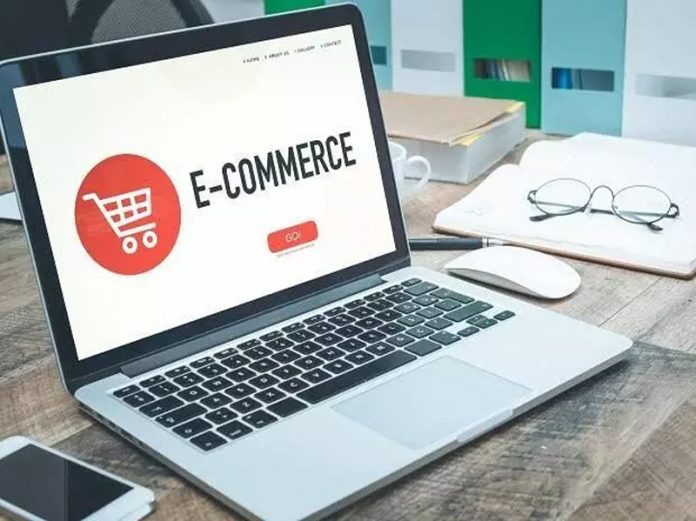Aryan Gandral
The 11-year-old kid loved to accompany his parents to a large grocery supermarket. The walk amidst 100s of product categories with their attractive brand appeal was a treat (it still is), and it made sure the kid put a few of those fancy chocolates and chips in the shopping cart. Grocery shopping was a picnic in itself! Fast forward 10 years: The 21-year-old college student in the national capital of India has just finished an assignment at 1 a.m. and, as a treat, wishes to have his favourite cookies. If it were the 2010s, he would just gulp down his craving and go to sleep. But, instead, he picks up his phone and opens Blinkit to place an order for the cookies. By the time he makes his bed, the doorbell rings, and voila! The cookies are there. In another household, during a family dinner, an important ingredient is missing, the host simply orders it via Zepto while continuing to enjoy the conversation with the guests. This is quick-commerce. A revolution heralded in the metros of India has brought thousands of product categories available at the ease of one’s smartphone and delivered within minutes. The likes of Blinkit and Zepto have transformed consumption patterns in magnitudes never imagined. They have challenged the three C’s on which the e-Commerce of the likes of Amazon and Flipkart thrived: Cost, convenience, and catalogue. While e-Commerce penetrated the global and local markets with the Internet revolution, the quick commerce revolution has not altered the means but just challenged the very fundamental meanings of the three C’s. Amazon’s convenience is 3- to 4-day delivery and 1-day delivery at a premium.
Blinkit delivers in 15 minutes. Amazon hosts a range of products, from electronics to cosmetics. Blinkit has everything from fresh vegetables and ice cream (before they melt) to even printed documents. When it comes to cost, Quick Commerce thrives on the premium it charges, whether on product prices or delivery charges. Now, two questions would arise. First, how can a consumption-based business model thrive on charging a premium in a price-sensitive country like India? Second, why would people be willing to pay more for everyday goods that they can easily fetch from retail or kirana stores? The answers to both of these questions can be found in the Indus Valley Report 2024 by Blume Ventures. The report categorises the Indian consumer market into ‘3 Indias’: The first India is composed of roughly 12 crore people, the second of about 36 crores, and the third of 92 crores. The fact is, this first India earns and consumes three times as much as the second and third combined. This first India is the ‘consumption class’, and for them, convenience and catalogue are far more important than cost. While this may be a reflection of the steep inequality of the post-colonial nation, it is a reality that the new-age startups have realised. Another reality is that a large proportion of the ‘First India’ is to be found in metros. The realisation of this fact made Zomato go from a cash-burning startup to a sustainable profit-making success. The quick commerce platforms with their ‘dark stores’ have penetrated deep into the consuming households of the metros. To substantiate, 3 years ago, the Average Order Value ( AOV) on these platforms was about 300-400 rupees, but now it has gone above 600 rupees. This has lowered their fixed costs and improved margins. The expansion is manifold, given that households and individuals have shown confidence. It is the new age of convenience capitalism. Is it bad? Some concerns have been raised. The first is: what will happen to the small retail shops if these large techno-based platforms take over? The same concerns were raised after the arrival of the e-Commerce platforms.
They will simply co-exist. The second and third Indias will continue to rely on them. The second is that it will lead to job losses in retail businesses. On the contrary, the quick-commerce industry is creating thousands of jobs, from packagers in the dark store to delivery partners. The first India is consuming, and the third India is gaining livelihood. It is a win-win. For entrepreneurs wanting to explore consumer products, Quick Commerce is the way. A grooming brand in Mumbai reported double the sales volume of its product through Quick Commerce when compared to e-Commerce channels. But one thing is to be rectified: the intense pressure to deliver within the minimum time. This has led to accidents due to rash driving by delivery partners. Regulations concerning working conditions, social security, and wage security are the need of the hour. On the larger business environment of the country, the statement by the CEO of Zepto that his startup will reach the level of D-Mart in the next 3-4 years and that experts are debating whether Deepinder Goyal-led Blinkit will take on Amazon on the global stage shows clear optimism.
Innovation and wealth creation are prerequisites for a developed India.While, at this juncture, quick commerce can not be a sustainable business model in the towns and villages of India, the lesson for young Indians in these geographies is to explore such need gaps and innovate to find solutions that can create jobs and wealth. This way, in the long term, we can dream of ‘one India’ instead of three. India’s quick commerce market has been growing year-on-year at 77% to reach $2.8 billion in GMV (gross merchandise value) in 2023, according to a Redseer report. The quick commerce ecosystem is no less than a watershed moment in itself. It marks the age when India is moving beyond price sensitivity to comfort and experience. A good life. Contrary to conventional wisdom, I would say that impatience is not always bad. Impatience fuels aspiration. Aspiration fuels growth.
Trending Now
E-Paper


